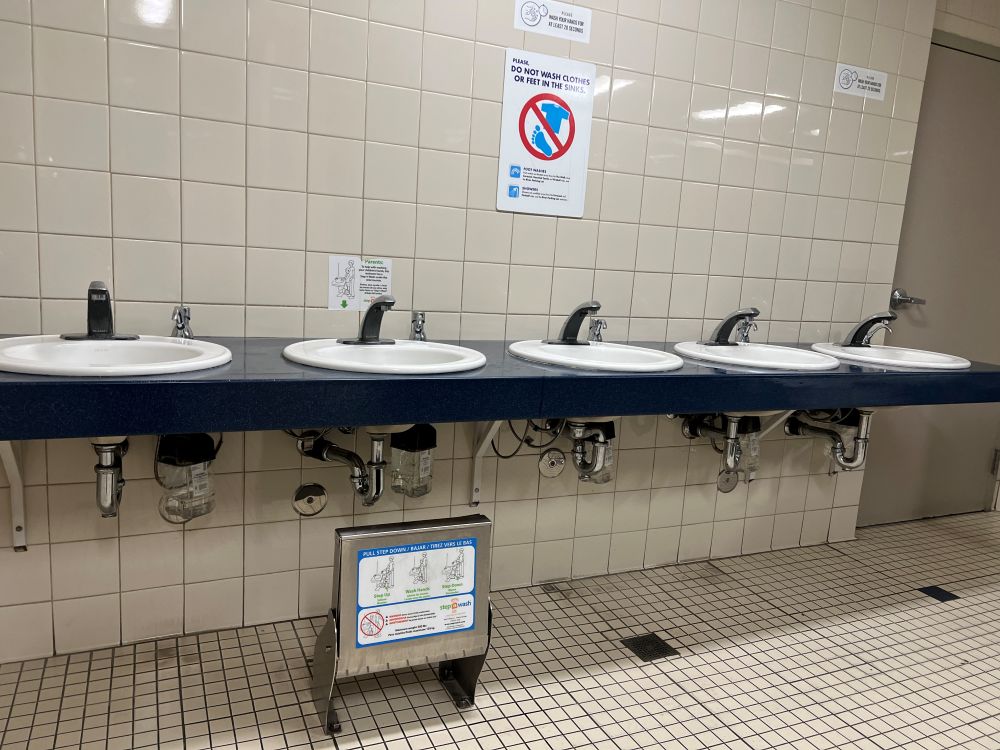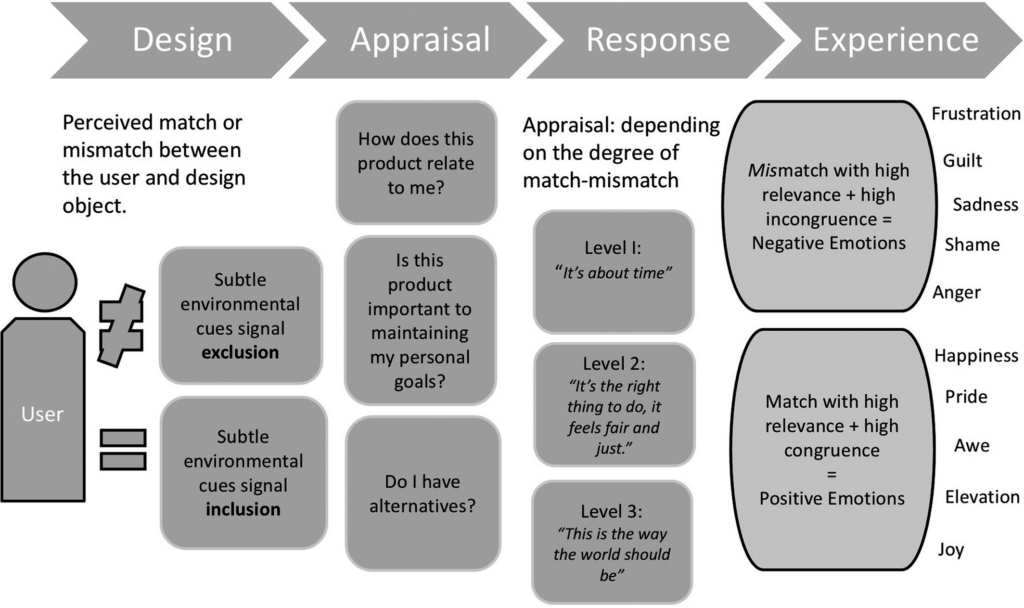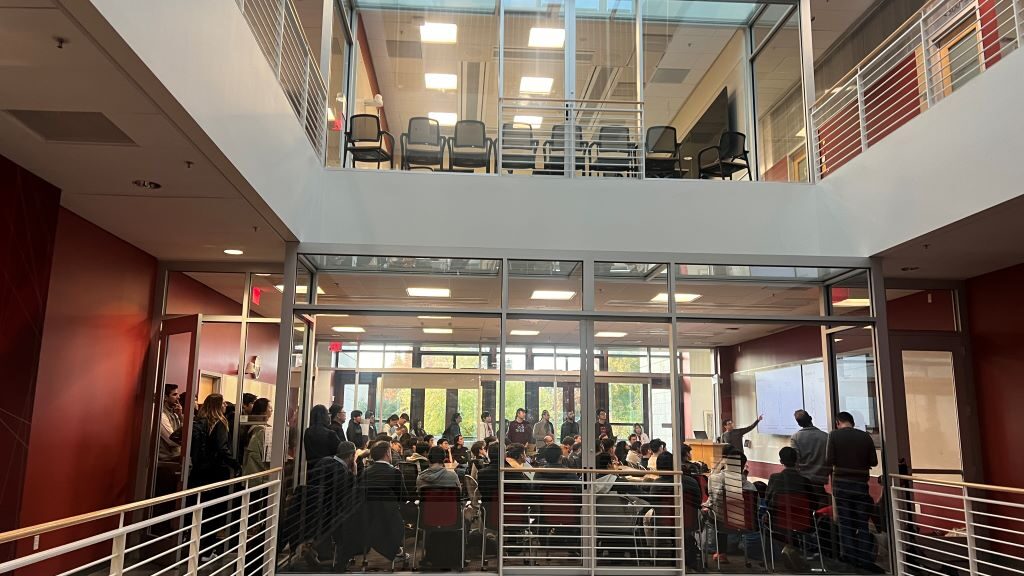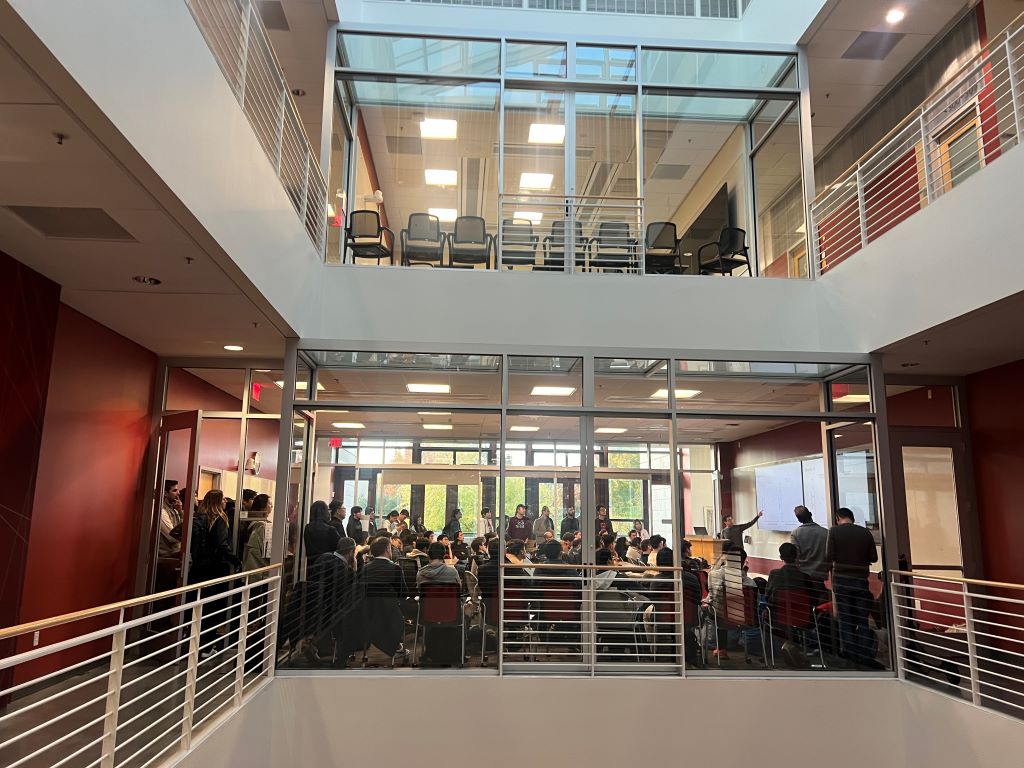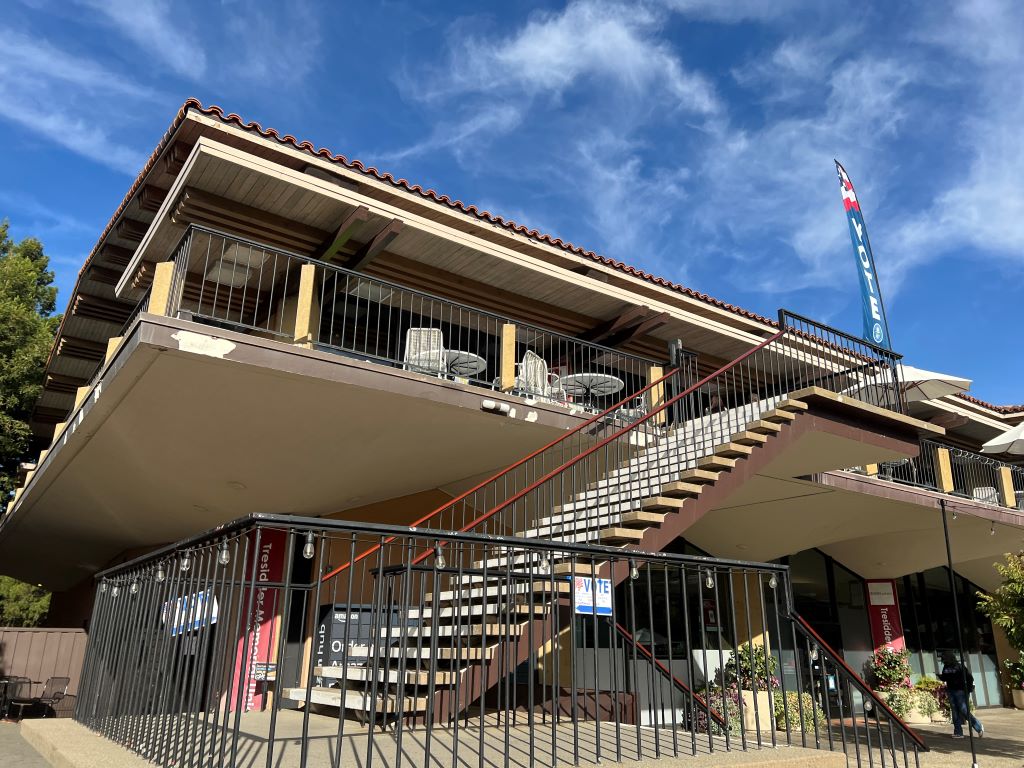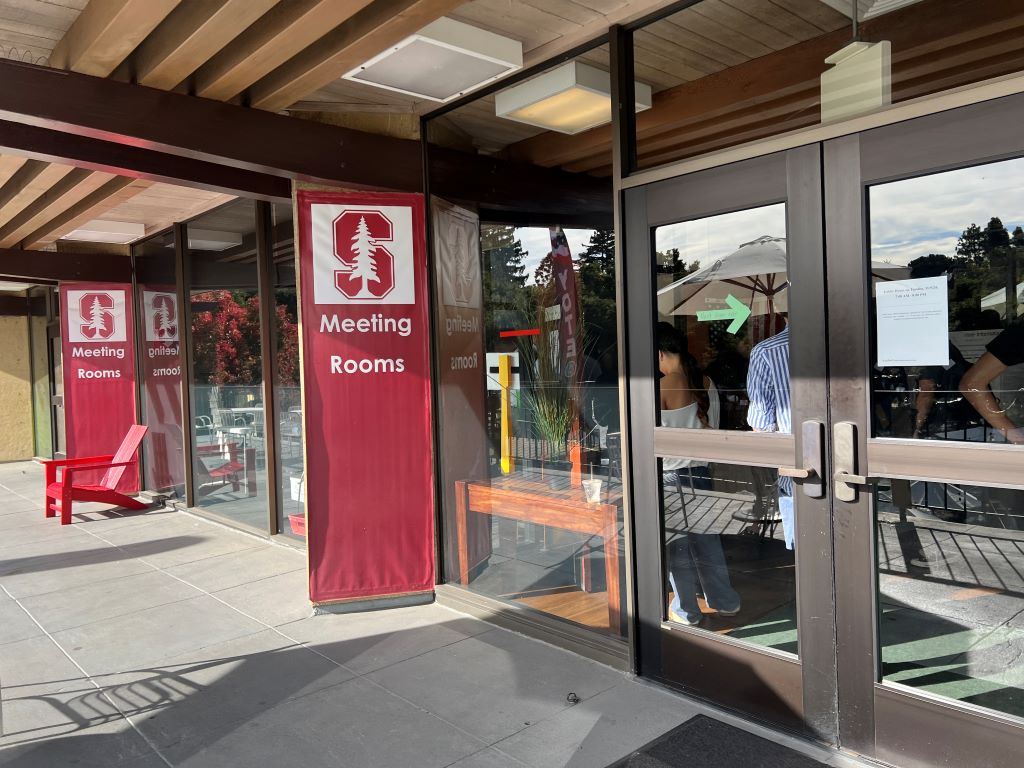I recently attended the 2025 AI Index report seminar hosted by Stanford’s HAI (Human-Centered Artificial Intelligence). Nestor Maslej, the report’s research manager, presented key findings that offered a look at how AI is reshaping our world. I came away three new insights: one technical, one economic, and one social.
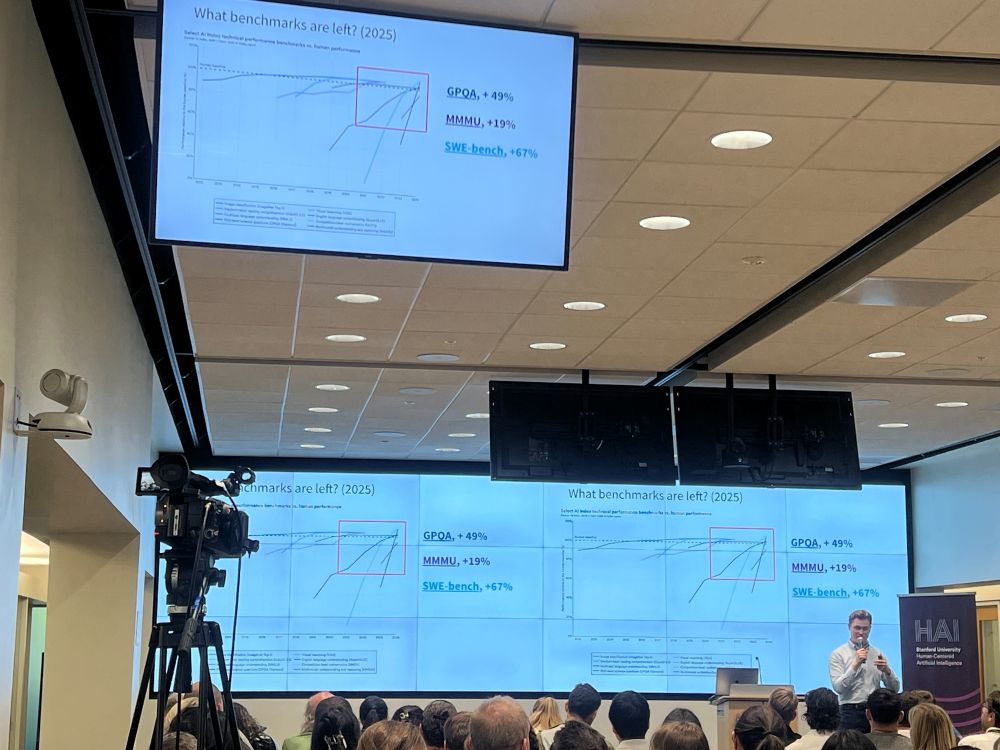
First, AI is now outperforming humans in most complex tasks. From image classification to scientific reasoning and multimodal benchmarks, there are fewer tests left that can challenge AI systems. Maslej noted that the real challenge now is designing problems that are difficult enough to measure AI’s limits.
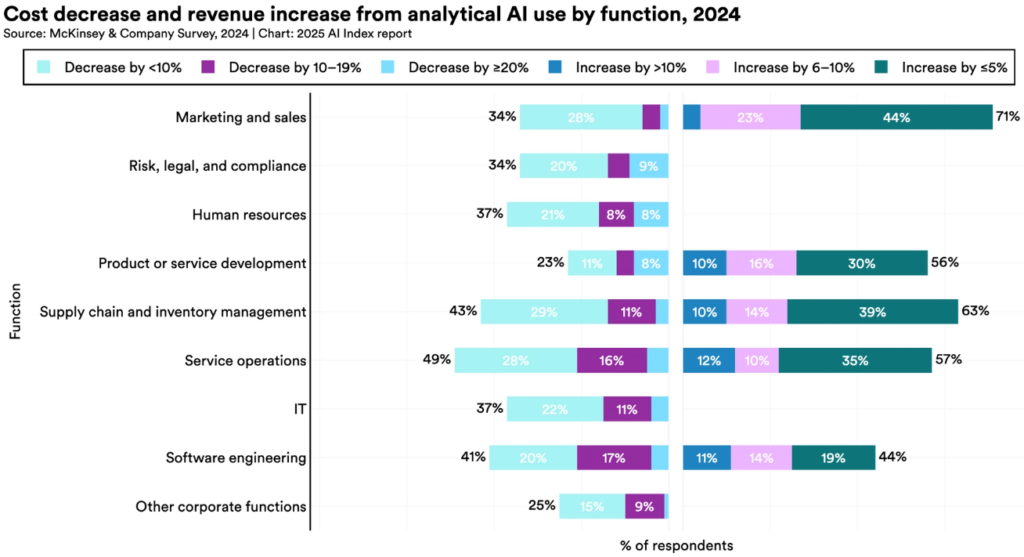
Second, AI adoption in business is accelerating rapidly. In 2024, 78% of companies reported using AI. This is a jump from 55% in 2023. This is because AI helps non-expert workers perform better, narrows skill gaps within teams, and boots overall productivity.

Third, global perceptions of AI differ widely. In countries like China (83%) and South Korea (66%), most people view AI as more beneficial than harmful. In contrast, optimism is lower in the U.S. (39%) and Canada (40%).
AI’s rise feels inevitable, but how we repspond to it will matter as well.
***
Reference
Introduction to the AI Index Report 2025
Welcome to the eighth edition of the AI Index report. The 2025 Index is our most comprehensive to date and arrives at an important moment, as AI’s influence across society, the economy, and global governance continues to intensify. New in this year’s report are in-depth analyses of the evolving landscape of AI hardware, novel estimates of inference costs, and new analyses of AI publication and patenting trends. We also introduce fresh data on corporate adoption of responsible AI practices, along with expanded coverage of AI’s growing role in science and medicine.
Since its founding in 2017 as an offshoot of the One Hundred Year Study of Artificial Intelligence, the AI Index has been committed to equipping policymakers, journalists, executives, researchers, and the public with accurate, rigorously validated, and globally sourced data. Our mission has always been to help these stakeholders make better-informed decisions about the development and deployment of AI. In a world where AI is discussed everywhere—from boardrooms to kitchen tables—this mission has never been more essential.
The AI Index continues to lead in tracking and interpreting the most critical trends shaping the field—from the shifting geopolitical landscape and the rapid evolution of underlying technologies, to AI’s expanding role in business, policymaking, and public life. Longitudinal tracking remains at the heart of our mission. In a domain advancing at breakneck speed, the Index provides essential context—helping us understand where AI stands today, how it got here, and where it may be headed next.
Recognized globally as one of the most authoritative resources on artificial intelligence, the AI Index has been cited in major media outlets such as The New York Times, Bloomberg, and The Guardian; referenced in hundreds of academic papers; and used by policymakers and government agencies around the world. We have briefed companies like Accenture, IBM, Wells Fargo, and Fidelity on the state of AI, and we continue to serve as an independent source of insights for the global AI ecosystem









